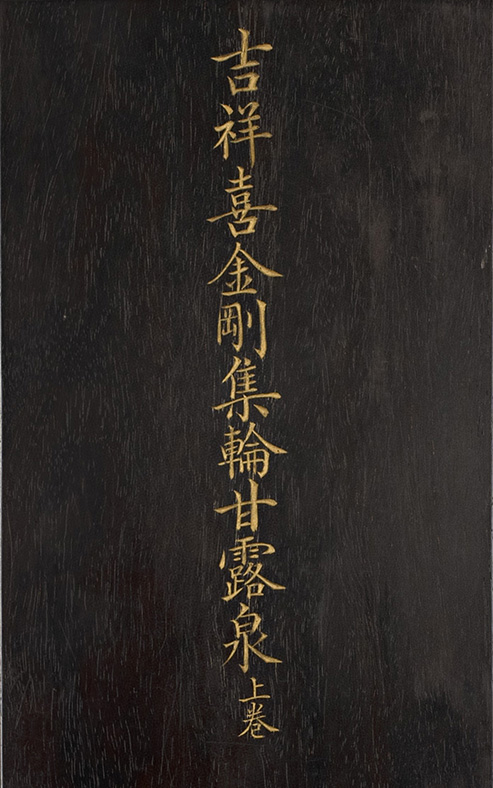In addition to oral transmission by monks, written translation of classic texts was also instrumental in the propagation of Buddhism. Translations of Buddhist scriptures into the Tibetan language started in the 7th century, and while most translations worked from the original Sanskrit texts, about twenty classics in the Kangyur were rendered from Chinese translations, including the Mahāyāna Mahāparinirvāṇa Sūtra and the Lankāvatāra-sūtra. In the 11th century, Tibetan Buddhism began to spread outside the region, and from the 20th century on, it has even been making its way into Europe and the United States. As the religion spread, its classics and the practice manuals of different schools were translated into a variety of languages: in China, the entire Tibetan Buddhist Canon was translated into Mongolian, while the Luxiang Jiudu Fomuzan (Praise to Green Tārā) was translated into Chinese, Manchu, and Mongolian, the Zhenshimingjing (Ārya-mañjuśrī-nāma-saémgīti) into Tangut and Chinese, and the Pinaiyeshih (Vinayavastu) into Manchu. In addition, the Sakya School's practice manuals Jixiang Xijingang Jilun Ganluquan (Hevajra sādhana) and Rulai Dingji Zunshengfomu Xianzhengyi (Usnisavijayā sādhana) were also translated into Chinese. Although these classics have been presented in different languages, they still carry the same teachings of the Buddha.
Jixiang Xijingang Jilun Ganluquan (Sri Hevajra Tantra)
- Handwritten in gold ink in the 4th year of the Zhengtong reign (1439), Ming dynasty
This collection was created by the Sakya School monk bSod nams grags during the Ming dynasty. He translated and edited Śrī- Hevajra practices passed down by Sakya School masters, including Drogön Chögyal Phagpa's ( ‘gro mgon chos rgyal ‘phags pa, 1235-1280) Jixiang Xijingang Xianzheng Juyibao (dpal kye rdo rjevi mngon rtogs yid bzhin nor bu) and Jixiang Xijingang Jilun Ganluping (kye rdo rjevi tsnogs kyi vkhor lovi cho ga bdud rtsi bum pa), and Grags pa rgyal mtshan's (1147-1216) Jixiang Xijingang Xianzheng Liuzhi (dpal kye rdo rjevi mngon rtogs yan lag drug pa bzhugs). The text is divided into three parts: foundation, formal practice, and dedication. The foundation includes setting up mandalas, beseeching masters to transmit the dharma, and accumulating merits and blessings; the formal practice includes entrance into meditation (comprising the generation stage, utpatti-krama, and the completion stage, saṃpanna-krama) and coming out of the state of dhyāna. It is a very detailed manual of the Hevajra practice. (Hu Jinshan)

